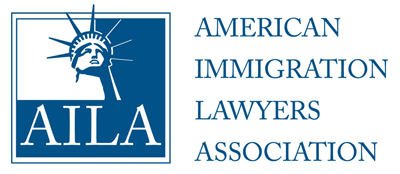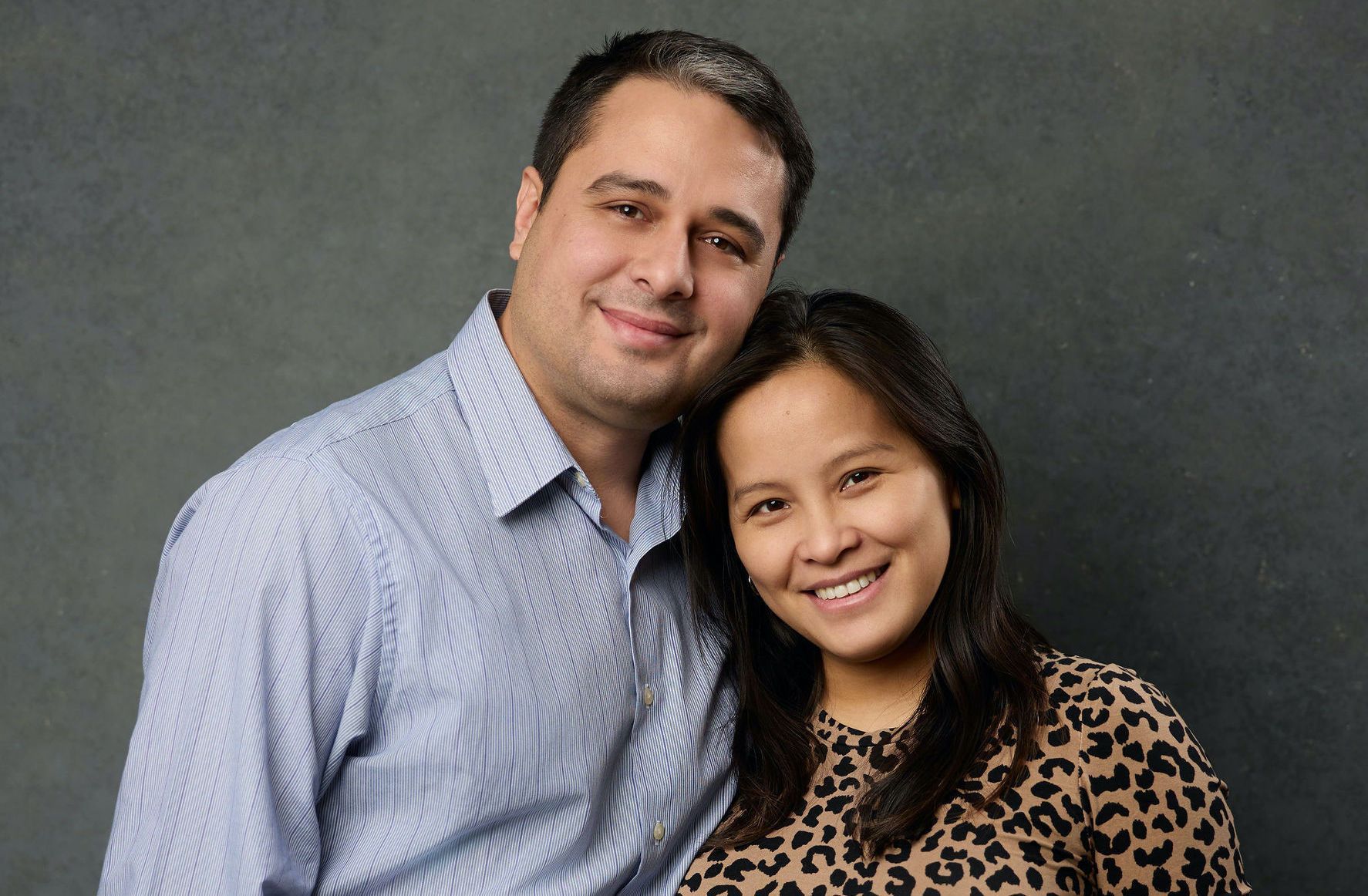US Citizen’s Guide to Immigrating a Vietnam Spouse or Fiance

This guide is for the US Citizen that is trying to fully understand (1) what are the marriage options and (2) the immigration options/processes. If you have a Vietnamese Spouse or Fiance, this Guide will cover the most common topics and questions.
First, what are the two Immigrant Visa Options:
- The CR-1/IR-1 Spousal (Immigrant) Visa, and
- The K-1 Fiance (Immigrant) Visa
Second, how to get married in Vietnam?
The US Embassy gives the following guidance for marrying in Vietnam:
https://vn.usembassy.gov/u-s-citizen-services/local-resources-of-u-s-citizens/marriage/
However, a Virtual Marriage in Utah may also be a viable possibility:
https://www.fickeymartinezlaw.com/immigration/virtual-utah-marriage-alternative-to-a-proxy-marriage-for-immigration-purposes/
Marriage Requirements under Vietnamese Law
The general requirements for a U.S. citizen to marry a Vietnamese Citizen in Vietnam are as follows:
- Marriage application: This form should be obtained from the Vietnamese District Justice Office at the District People’s Committee
- Passport photo: One 3×4 cm photo of each partner attached to the marriage application.
- U.S. citizen’s passport: One notarized copy, which can be obtained at a Vietnamese public notary.
- Proof of address: If the U.S. citizen resides in Vietnam, the apartment building where the U.S. citizen resides should request proof of residency from the police.
- Mental Health Certificate
- Affidavit of Single Status
- U.S. Vital Statistics Office Letter
Mental Health Certificate for Marriage in Vietnam
A written certification granted by a Vietnamese or competent foreign health organization within 6 months of the date the marriage application is submitted.
The certificate must certify that the applicant does not have mental health conditions which render him/her incapable of making independent decisions.
Please contact your local District Justice Office for specific instructions.
Affidavit of Single Status for Marriage in Vietnam
Affidavit Found HereThe applicant can request the Single Status affidavit from the civil registry in the state in which they reside or complete this affidavit at the U.S. Embassy/Consulate in Vietnam.
The affidavit must be signed within six months of application for a marriage certificate.
Applicants who were previously married must present an authenticated copy of the divorce decree or death certificate of the previous spouse(s).
The notary fee at the U.S. Embassy/Consulate is 50 USD/document.
Appointments at the Embassy or Consulate can be made here: https://evisaforms.state.gov/Instructions/ACSSchedulingSystem.asp
Once notarized at the U.S. Embassy/Consulate in Vietnam, you must authenticate the notarized signature at:
Vietnamese Consular Department
40 Tran Phu
Ba Dinh District
Hanoi
or
External Relations Office
184 bis Pasteur Street
District 1
Ho Chi Minh City
U.S. vital statistics office letter for Marriage in Vietnam
This letter, issued by the state or local authorities of the applicant’s place of residence in the United States, should certify that no records of a marriage license or marriage certificate for the applicant exist.
The search period must begin from the US Citizen's 18th Birth Day TO Present.
NOTE: This requirement varies from Vietnam locality to locality and may not be required. So, confirm this requirement FIRST at the local Vietnamese District Justice Office.
Contact Information for every US Vital Statistics Office can be located here: https://www.cdc.gov/nchs/w2w/index.htm
What Documents are going to be required for each process (Fiance or Spousal)?
Proving the Relationship:
Click here to see further guidance on the I-129F Fiance Petition relationship proof: https://www.fickeymartinezlaw.com/immigration/k-1-fiance-visa/i-129f-fiance-visa-how-to-prove-your-relationship-to-uscis/
Click here to see further guidance on the I-130 Spousal Petition relationship proof: https://www.fickeymartinezlaw.com/immigration/adjustment-of-status/joint-bona-fide-documents-how-to-start-meeting-the-uscis-i-130-evidence-requirement-for-a-marriage/
Proving the Financial Stability:
In a nutshell, the US Government needs to review the past 3 years of income, and confirm the past and current income is over the Federal Poverty Level Guideline (link to the guideline found here: https://www.uscis.gov/i-864p ). The Government will normally require:
- IRS Tax Return Transcripts for the past 3 years (Guidance found here: /immigration/how-to-request-your-irs-transcript-helpful-guide-to-acquire-this-commonly-requested-immigration-supporting-document/ )
- 1040 Tax Return Form for the past 3 years
- W-2 and/or 1099 for the most recent year
- 12 months of Paystubs or proofs of income
Since everyone’s income situation may be different, the following links do a much deeper dive into needed financial documents:
What Does the Embassy want to see:
The U.S. Consulate in Ho Chi Minh City provides this Checklist on items that must be provided: https://travel.state.gov/content/travel/en/us-visas/Supplements/Supplements_by_Post/HCM-Ho-Chi-Minh-City.html
Can I have my Visa interview in Hanoi, Vietnam?
No, immigrant visas to the United States are processed for citizens and residents of Vietnam at the U.S. Consulate in Ho Chi Minh City.
What are the Consular Interview Instructions for Ho Chi Minh City?
Immigrant visas to the United States are processed for citizens and residents of Vietnam at the U.S. Consulate in Ho Chi Minh City.
Instruction Link: https://travel.state.gov/content/travel/en/us-visas/Supplements/Supplements_by_Post/HCM-Ho-Chi-Minh-City.html
How to Acquire a Vietnamese Birth Certificate?
More information can be found here: https://www.fickeymartinezlaw.com/immigration/vietnam-birth-certificate-guidance-for-us-immigration-purposes/
How to Acquire a Vietnamese Police Certificate?
A “Justice Record Check #2” (Phieu Ly Lich Tu Phap So 2) must be made at the Department of Justice office located in the district where the applicant currently resides, or at the applicant’s official residence. The record check takes approximately 10 working days to complete. The applicant has to apply in person and cannot grant authority to someone else to apply on his/her behalf.
Applicant should be prepared to present two (2) sets of the following documents at the time of the request:
- Completed application form (Form 03/TT-LLTP.) Please check the box Justice Record Check #2;
- Applicant’s National Identification Card or passport;
- Proof of residence location and length of time the applicant has resided in Vietnam, such as the household registry book (Ho Khau), the temporary residence registry book, the permanent residence card or a residence certification from the local People’s Committee of applicant’s residence.
I already submitted a filing and it is taking longer than expected. How can I verify that I am within normal processing time?
At USCIS, the Processing Time can be located at: https://egov.uscis.gov/processing-times/#mainContent
Immigrant Medical Instructions:
Up-to-date Immigrant Medical Instructions can be located here: https://travel.state.gov/content/travel/en/us-visas/Supplements/Supplements_by_Post/HCM-Ho-Chi-Minh-City.html#med_exam_instructions
If you have a quick question, send us a brief message:
CR-1/IR-1 Spousal (Immigrant) Visa
The IR-1 / CR-1 Spousal Immigrant Visa is the visa that would allow a Vietnam spouse to immigrate to the United States.
The process involves 2 Main Stages:
- In the first stage, the filing will be reviewed and approved by USCIS.
- Once it is approved, the filing will enter stage 2 where it is transferred to the NVC and then subsequently to the Embassy in Ho Chi Minh City, Vietnam.
For a more detailed overview of this type of filing and what it entails please refer to the steps below:
- Part 1 – Petition to Recognize the Relationship – Submit the I-130 Electronically with USCIS ( Related Blog Post found here )
- Part 2 – USCIS Processing – I-130 Pending awaiting a USCIS Officer to review the filing and supporting documents ( Processing times Post found here )
- Part 3 – NVC Processing – Visa fees are paid, DS-260 completed, and supporting documents uploaded. (NVC Processing Times can be found here: https://travel.state.gov/content/travel/en/us-visas/immigrate/nvc-timeframes.html )
- Part 4 – Consulate Interview – NVC provides the Ho Chi Minh City Interview day and time, the Embassy/Consulate Account would be Registered, the Immigrant Medical Performed, Documents prepared, and Interview Attended.
- Part 5 – Green Card Printing Fee – Pay the Immigrant Fee before traveling to the US
- Part 6 – Arrive in the US – Fly to the United States, Apply/Receive US Social Security Card, and Receive Green Card in the mail within 3-4 months after entry.
Government Cost: $1305
Average Processing Time (2024 Estimate): 13-18 months (with the bulk of processing time spent in the I-130 Petition)
When the couple has been married for less than 2 years at time of interview, then a CR-1 Visa would be issued, conditioning the residence to a 2-year Green Card and requiring an I-751 thereafter. (More information found here) If the marriage is more than 2 years at the time of the interview, then an IR-1 Visa would be issued and a subsequent Green Card would be valid for 10 years.
K-1 Fiance (Immigrant) Visa
First important note: The K1 Fiance Visa Process is generally 2x slower and 2x more costly than a CR-1/IR-1 Spousal Immigrant Visa.
The Fiancee Visa has 3 steps:
- Step 1: I-129F Petition filed with USCIS
- Step 2: DS-160 K-1 Fiance Visa application filed with the US Embassy in Ho Chi Minh City, Vietnam, which allows the fiancee to enter the US
- Step 3: I-485 Adjustment of Status filing with USCIS to receive a Green Card
Step 1 of the process essentially recognizes the relationship and confirms eligibility. Step 2 tests the fiance on the relationship and re-confirms eligibility. Step 3 confirms the marriage after entry on the K1 Visa and verifies that the marriage is for love and to start a life together. Once confirmed by USCIS, the K-1 adjusts status to Lawful Permanent Resident (aka Green Card).
What are the Requirements to file for the I-129F Filing?
- The Petitioner must be a US citizen
- The Relationship is bona fide
- The US Citizen and Vietnamese have physically seen each other within the past 2 years
- The US Citizen and Vietnamese intend to marry with the K-1 Visa within 90 days after entry
- The US Citizen and Vietnamese are legally “free to marry,” meaning there is no pending divorce.
- The US Citizen has a stable income to support the Vietnamese fiance, and that income overcomes Federal Poverty Level Guidelines as stated in the USCIS I-864P
How to prepare a Letter of Intent for this process:
Below is a template our office has created to assist:
How long does the I-129F take to process?
The processing times for the I-129F petition can be found here, just select the service center the filing is located at (which that info is generally found on the filing’s Receipt Notice): /immigration/how-do-i-check-uscis-processing-times/
How long does the I-485 take to process?
The above link can assist in finding the current processing time, the difference is that you would select the local USCIS Field Office, versus a USCIS Service Center. The I-485 filing (based on marriage) generally requires an interview at a local field office.
If you require assistance with the Spousal or Fiance Visa process, please consider contacting our office to set up a consultation with our Immigration Attorney.
Disclaimer: This Blog is made available by the lawyer or law firm publisher for educational purposes only as well as to give you general information and a general understanding of the law, not to provide specific legal advice. By using this blog site you understand that there is no attorney-client relationship between you and the Blog/Web Site publisher. The Blog should not be used as a substitute for competent legal advice from a licensed professional attorney in your state.
The post US Citizen’s Guide to Immigration a Vietnam Spouse or Fiance appeared first on Fickey Martinez Law Firm.












